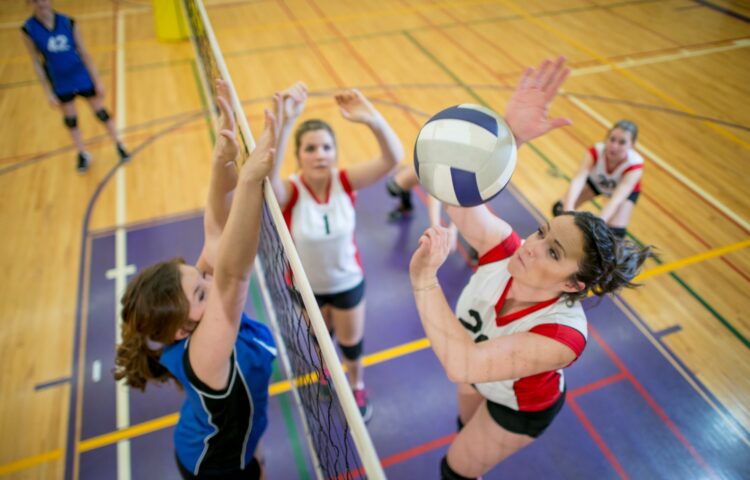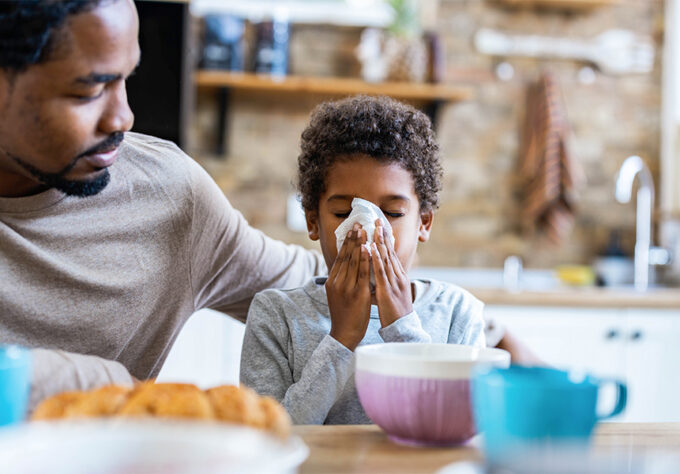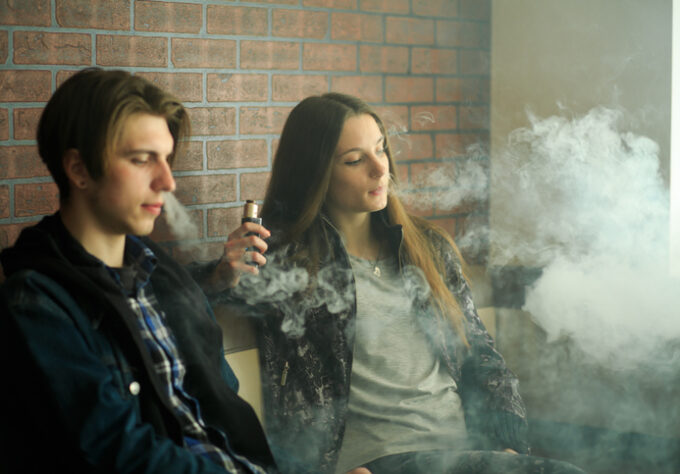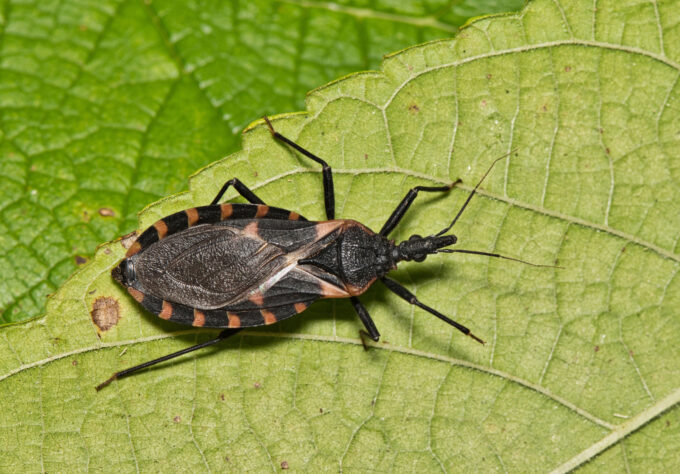I remember when my son was 12 years old, he would wake up in the middle of the night crying and complaining of knee pain. He had started to run track in middle school, and he started to get a little bump just below his knee cap at the top of his shin bone. Our pediatrician called it “growing pains” and said it would go away. He recommended that he do some stretches and ice after track practice. Eventually it did resolve once track season was over, and he didn’t have any problems after that. What I found out later is that this wasn’t growing pains at all – it was a common sports injury known as “Osgood-Schlatter disease.”
What is Osgood-Schlatter disease?
Although it sounds scary because of the word “disease,” Osgood-Schlatter is one of the most common causes of knee pain in adolescents. It’s an overuse injury that tends to pop up in active adolescents, usually between the ages of 10 and 15. I use the term “pop up” because many times a bump will appear along the top of the shinbone (or tibia). This area is where the tendon from the quad muscles attaches at the knee to the shinbone.
It has also been referred to as “jumper’s knee,” as it’s more common in sports that involve ballistic activation of the quadriceps muscles during jumping or running. “Ballistic activation” basically means the muscles contract at high velocities for a short period of time. This includes activities like soccer, volleyball, basketball, high jump, ballet, and gymnastics.
This condition can continue into adulthood. In rare cases, if a bone fragment in this area continues to cause pain, it may require surgical removal. Osgood-Schlatter disease typically resolves in several months, but the bump along the tibia may never go away.
What causes it?
The long bones of the arms and legs have areas which are open to allow for growth in these bones. This area, known as the “growth plate,” is made up of cartilage that hasn’t completely ossified (hardened) into bone. As children go through growth spurts, the tendons of the muscles begin to stretch and pull along the attachment site of the bones. During sports that involve a lot of running, jumping, and bending, the thigh muscles (quadriceps) pull on that tendon connecting the kneecap to the shinbone. Repeated stress to this area can cause inflammation at the site of the attachment. In more extreme cases, the tendons may start to pull away from the attachment site on the bone. As the body tries to close that gap with new bone growth, a lump may appear.
What are the early symptoms?
Kids with Osgood-Schlatter disease may experience:
- pain that increases with sports or activity
- pain that may awaken kids at night. Many times this is referred to as “growing pains.”
- swelling and/or tenderness along the top of the shinbone at the growth plate. When this becomes inflamed, a little bump may pop up here.
- decreased flexibility in the hamstrings, hip flexors, and quadriceps muscles – due to growth spurts
How is it treated?
Early treatment usually consists of:
- rest from sports or gym activities
- icing the area
- anti-inflammatory medications
- stretching exercises
Continuing to play through the pain may exacerbate these symptoms and, therefore, recovery may take longer.
Physical therapy is also an important part of treatment to help work on flexibility of the muscles such as the hamstrings, quadriceps, calf muscles, and hip flexors. Once the pain reduces, kids may begin a strengthening program with a focus on returning to sports, gym, and full activity. Physical therapists can provide a comprehensive home exercise program, as well as work on strengthening of the lower extremities and core, suggest appropriate footwear or orthotics, and assess their form during sports specific drills and jumping. Therapists can teach young athletes how to appropriately control the landing on jumps and how to reduce the impact through their joints.
How is it prevented?
Research has shown that when athletes do dynamic stretches prior to beginning their sports, it has been effective in decreasing injury. Kids should do a pre-sport warm up to prepare their muscles and get good blood flow and flexibility prior to any running or jumping activities. Static stretching after their sport, once the muscles have been warmed up, is effective as well. It’s also important to cross train. Year-round focus on one sport with high impact, repetitive motions may set kids up for an injury.
Learn More
Osgood-Schlatter Disease (Nemours’ KidsHealth.org)



